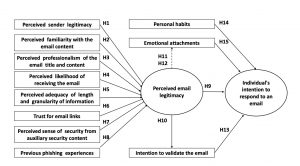Research about digital Europe
EIAA Mediascope Europe 2008 (press release – executive summary) tells you all you want to know about why people are using digital stuff. It is particularly useful if you want to know what 25-34 year olds are doing online. The 35+ are grouped into ‘other’.
Research released today from the European Interactive Advertising Association (EIAA) shows that Europeans are deepening their experience of the internet by not only increasingly using it for leisure pursuits but to actively enhance and manage their daily lifestyles. Over half (55%) of European internet users are now online every single day, three quarters (75%) are using the internet during their evenings and 51% of Europeans (up 13% from last year) are on the web at the weekends. Freedom and flexibility are key watchwords for today’s consumers too with almost half (49%) of broadband users using wireless.
Almost three quarters (73%) of European internet users state that as a result of the internet they are staying in touch with friends and relatives more, 54% have booked more holidays or made travel arrangements and almost half (46%) are better able to manage their finances. In addition they claim that the internet has provided them with a greater choice of products and services and access to important information resources.
Ofcom’s International Communications Market 2008 report (press release – report downloads) is much more thorough and covers countries outside Europe. Make sure to check the “Key Points”.
This is Ofcom’s third report on developments in international communications markets. Putting the UK market into an international context is becoming increasingly important, as communications service provision globalises and as technological innovation breaks down traditional national market boundaries.
This report sets out the availability, take-up and use of communications services among seven main comparator countries (the UK, France, Germany, Italy, the US, Canada and Japan). Where data are available, we have included a further five European countries (Poland, Spain, the Netherlands, Sweden and the Republic of Ireland). We also consider separately the development of communications markets in the large emerging economies of Brazil, Russia, India and China.
(via 50-Plus Marketing and Marketing & Strategy Innovation Blog)





[…] details: Putting people first » Research about digital Europe […]
[…] Research about digital Europe […]